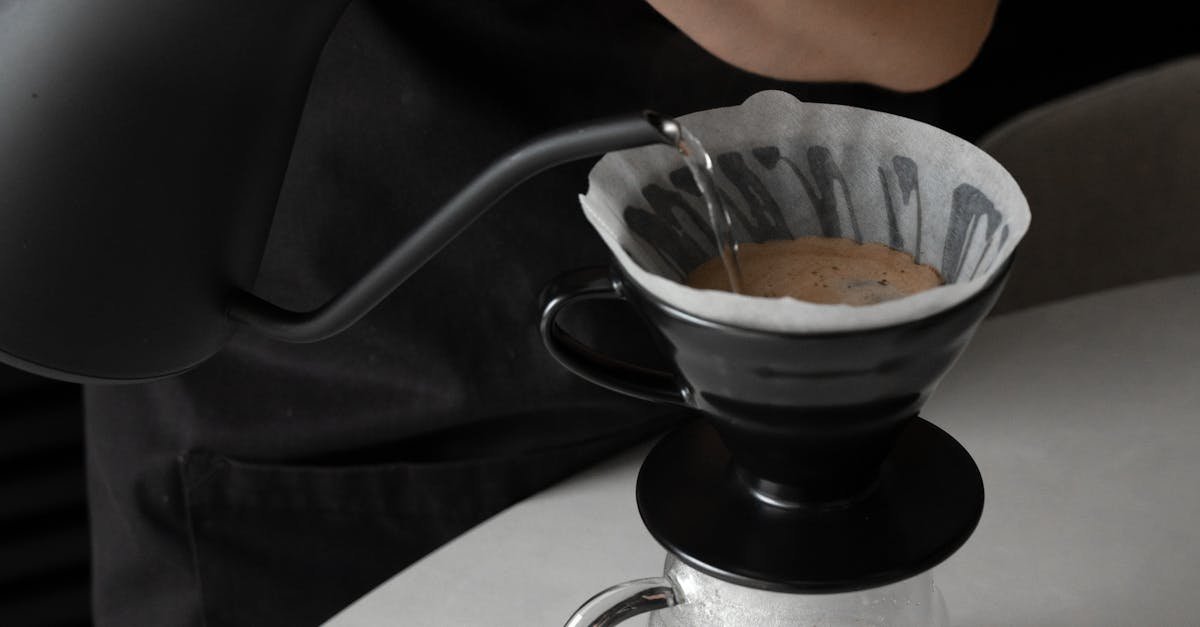




Cleaning the Filter Housing
Regular cleaning of the filter housing is crucial to maintaining the efficiency of your water filtration system. Over time, sediments and minerals can build up inside the housing. This accumulation can hinder the filter’s effectiveness. It’s best to check this component during routine maintenance to ensure optimal performance.
When cleaning the housing, use a non-abrasive sponge and a mild detergent. Rinse thoroughly with clean water to remove any soap residue. Avoid harsh chemicals as they can damage the housing material. Ensure that all parts are dry before reassembling to prevent mold and bacteria growth. Regular maintenance of the filter housing contributes to a cleaner water supply and extends the life of the filtration system.
Recommended Cleaning Supplies
When maintaining water filters, having the right cleaning supplies can make a significant difference in effectiveness. Start with a gentle, non-abrasive soap to clean the filter housing. This ensures that any built-up residue is easily removed without damaging surfaces. It’s also advisable to use a brush with soft bristles to eliminate debris from hard-to-reach areas. This combination helps preserve the integrity of the filter system while promoting optimal functionality.
In addition to soap and brushes, having a microfiber cloth is beneficial for drying and polishing surfaces after cleaning. A designated bucket for rinse water keeps the area organized and prevents any mess. Antimicrobial wipes can be handy for disinfecting parts that do not require water. Utilizing these recommended supplies will enhance your maintenance routine and ensure the longevity of your water filtration system.
Examining Water Flow Rate
Monitoring water flow rate is essential for ensuring that your filter operates efficiently. A steady flow indicates that the filter is functioning as intended, while any noticeable decrease may signal issues such as clogging. Regular checks can help identify problems early, allowing for timely maintenance or replacement to restore optimal performance.
In addition to assessing the flow rate, it is important to understand how changes can impact overall water quality. A reduced flow can lead to longer contact time with the filter media, which may initially seem beneficial. However, prolonged exposure to contaminants can overwhelm the filter, ultimately affecting its ability to purify the water effectively. Engaging in routine examinations can prevent these complications and help maintain clean, safe drinking water.
How Flow Rate Affects Performance
The flow rate of water passing through a filter significantly impacts its overall effectiveness. A higher flow rate might seem beneficial, suggesting a quicker filtration process, but it can also indicate that the filter is not properly capturing contaminants. Filters are designed to maintain a balance between adequate water flow and sufficient contact time with the filtration media. If the flow rate exceeds optimal levels, the water may not be filtered adequately, allowing impurities to pass through.
Maintaining an appropriate flow rate is essential for achieving the best water quality. Regular monitoring can help identify changes in flow that may indicate potential issues. A decrease in flow might suggest that the filter is becoming clogged and requires cleaning or replacement. Conversely, an unexpected increase in flow could signify a malfunction or bypass, undermining the filter’s purpose. Awareness of these dynamics will ensure the filter performs effectively, providing clean, safe drinking water.
Keeping Connections and Hoses Secure
Ensuring that all connections and hoses are tight is essential for optimal water flow and preventing leaks. Inspect hoses for cracks or wear that may compromise their integrity. A thorough inspection will help identify any signs of deterioration. Regularly check the tightness of connections at each junction, as loose fittings can lead to water escape or reduced filtration efficiency.
Common leak sources often originate at the junction points of hoses and filters. Buildup of mineral deposits or improper installation can contribute to these issues. To maintain a secure system, consider using thread seal tape on connections to enhance their seal. Replacing worn washers and ensuring that fittings are appropriately aligned will also aid in keeping the system leak-free.
Common Leak Sources
Leaks can often arise from faulty connections or worn-out seals. Regular examination of fittings and joints will help identify any signs of wear or corrosion. Loose connections may also contribute to water escaping the system. Ensuring that all components are tightly secured can mitigate these risks.
Another common culprit is the condition of the hoses. Cracks or abrasions along the length of a hose can lead to slow leaks that are often overlooked. Inspecting hoses for any visible damage should be part of routine maintenance. Replacing old or compromised hoses can prevent unexpected water loss and maintain optimal performance.
FAQS
How often should I perform maintenance on my water filter?
It is recommended to perform maintenance on your water filter at least every six months to ensure optimal performance and cleanliness.
What cleaning supplies are best for maintaining the filter housing?
Commonly recommended cleaning supplies include mild dish soap, vinegar, and a soft sponge or cloth. Avoid abrasive materials that could damage the filter housing.
What should I look for when examining the water flow rate?
When examining the water flow rate, check for any noticeable drops in pressure, unusual sounds, or changes in water quality, as these can indicate potential issues.
How does the flow rate affect the performance of my water filter?
A decreased flow rate can indicate a clogged filter or other issues that may reduce the effectiveness of the filtration process, leading to lower water quality.
Where are the common sources of leaks in water filter systems?
Common sources of leaks include loose connections, damaged hoses, and worn-out seals or gaskets. Regularly checking these areas can help prevent leaks.
Related Links
How to Extend the Life of Your Water Filter with Regular Maintenance
How to Keep Your Water Filter System Running Smoothly
Roundup of Best Practices for Maintaining Different Water Filters
Top 10 Maintenance Tips for Your Water Filter System

